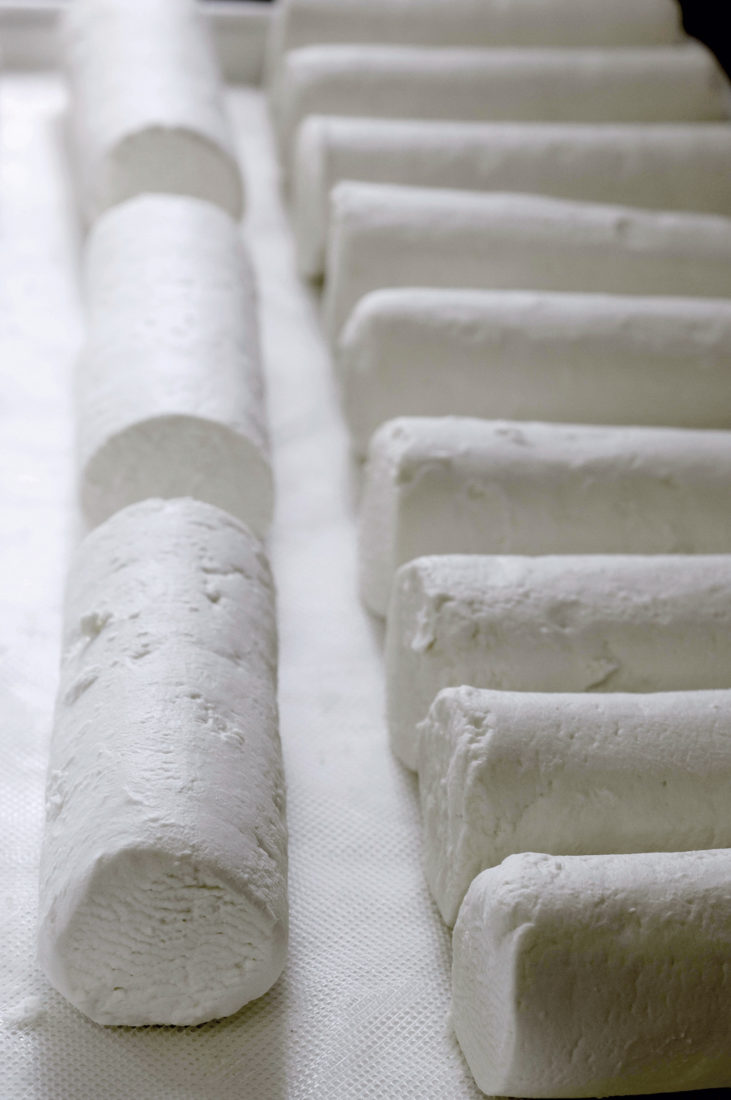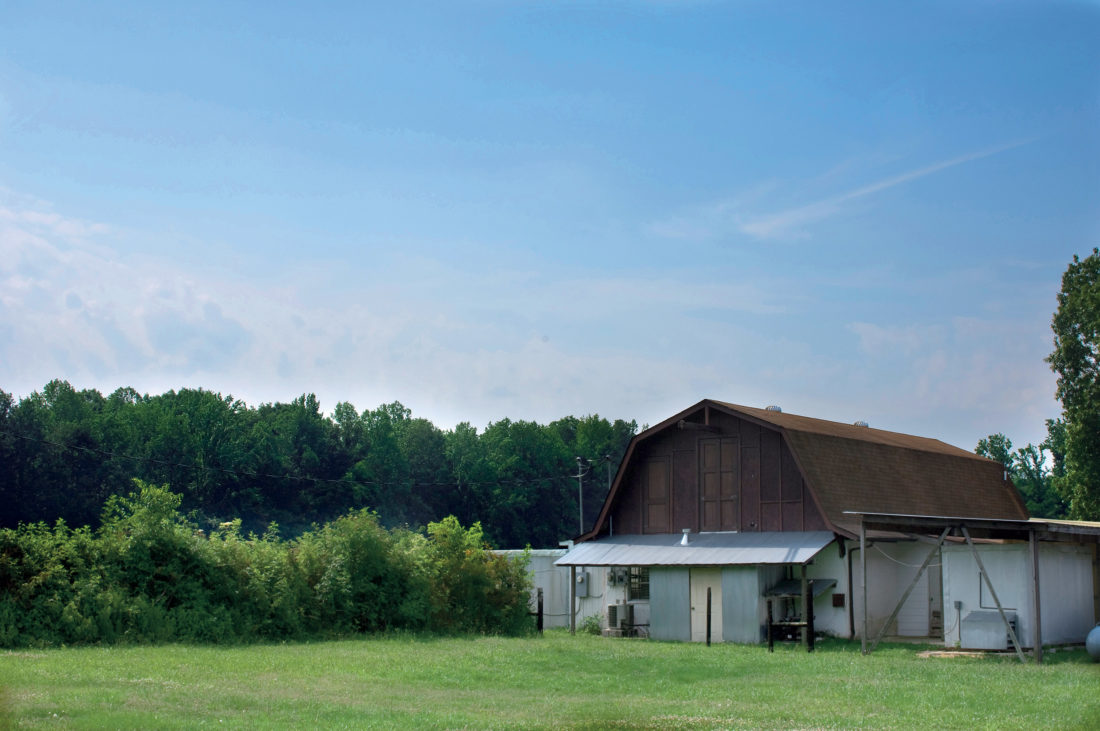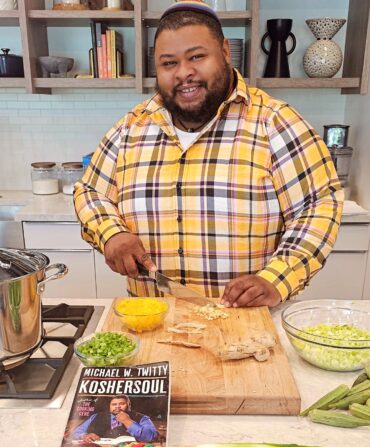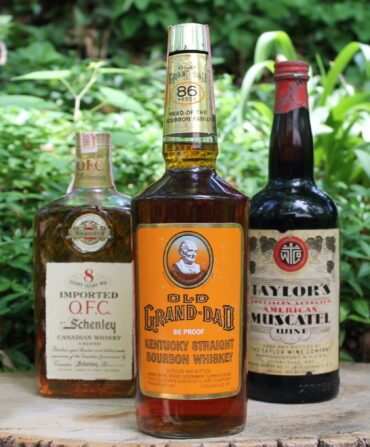Tasia Malakasis, A Huntsville, Alabama, native with a prepossessing smile, says that for most of her life, “all I ever wanted to do was leave the South. I just wanted to go out and experience new things, new people.”
After college graduation, she got her wish, working as a marketing executive for a series of Internet start-up companies. The highly caffeinated, BlackBerry-as-an-extra-appendage jobs pinged her around the country, to New York, Silicon Valley, and her ultramodern apartment in the posh Washington Square section of Philadelphia.
But as it turns out, Malakasis never could quite shake the grip of the South. In 2001, exhausted from her job and just beginning to feel the prodigal pangs, she wandered into the cheese department of New York City’s famed gourmet grocer Dean & DeLuca and picked up a Montrachet-style log of goat cheese. “I looked at the label and saw that it was made in Elkmont, Alabama,” she says. “I couldn’t believe it. Life is so funny.”
Today she is the blissful owner of Belle Chèvre, the small goat cheese company in Elkmont that’s in the vanguard of the American artisanal cheese movement. “I just laugh about it,” she says. “I’m back home and I’ve never been happier.”

Photo: Robert Rausch
Fresh chèvre logs ready for packaging
Malakasis had discovered that Belle Chèvre was a respected fromagerie founded by a woman named Liz Parnell and her NASA astrophysicist husband, Tom. Malakasis became obsessed. “I just couldn’t get it out from under my skin,” she says. “I called Liz a million times over the next few years. She thought I was crazy.”
A soul-searching trip to Chilean Patagonia sealed it for Malakasis. The literature major ran across some lines from T. S. Eliot’s “Four Quartets” scrawled on the wall of a bar: “And the end of all our exploring / Will be to arrive where we started / And know the place for the first time.” Says Malakasis: “It was a sign.”
She flew back to her apartment in Philadelphia and immediately quit her job. “I called Liz and said, ‘I’m coming home to make cheese.’” But Malakasis would first have to pay her dues. For six months, she worked as an unpaid intern at Belle Chèvre. “I gave her the messiest jobs,” says Parnell. Malakasis took out the trash and cleaned the milk tanks. But she also went on sales calls and learned the ancient art of making goat cheese. “We really hit it off,” says Parnell.
In 2007, Malakasis bought Belle Chèvre. (“Liz is still involved, still here to help if I really screw anything up,” says Malakasis.) What she got was a creamery that has garnered the highest honors from the American Cheese Society and the American Dairy Goat Association.

Photo: Robert Rausch
The barn where the cheese gets made
Belle Chèvre’s milk comes from a farm down the road, where the goats munch on grasses enriched by the fertile limestone soil that gives Elkmont’s home county its name. After pasteurization, Malakasis and her six employees add cultures, let the milk curdle into cheese, separate the whey (liquids), then add a little salt. And that’s it. “There’s a lot of mystery to cheese making, but it’s really as provincial as it gets,” she says.
Belle Chèvre is most noted for its Fromage Blanc, a fresh goat cheese that can be used as a spread on bagels or as an accompaniment to fresh vegetables and fruit. “Belle Chèvre’s fresh goat cheese is as good as any in the world, period,” says renowned cheese critic Steven Jenkins. And Frank Stitt, the chef at Highlands Bar & Grill, Chez Fon Fon, and Bottega, all in Birmingham, uses Belle Chèvre cheese to top summer salads and stuff roasted red peppers. “I’m very fond of it,” he says.
Spreading the word on her home turf is still Malakasis’s biggest challenge. Since she’s taken over, she’s ramped up Belle Chèvre’s production and sales, getting her cheese into mainstream stores such as Harris Teeter. But her products are better known in New York City than they are below the Mason-Dixon Line. “There’s a stigma about goat cheese here,” she says. “People associate it with a smelly old billy goat.”
One way to change minds is to try new things. Her latest concoction is a chèvre with bourbon-soaked pecans, inspired by a few mint juleps one night. “We’re trying to be whimsical, and we’re proud of the fact that it’s made in Alabama,” she says, having joyfully arrived, after all her exploring, where she started.








